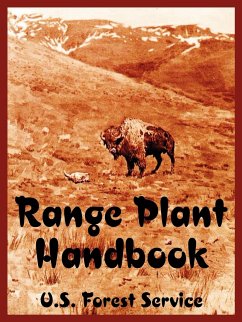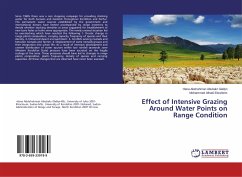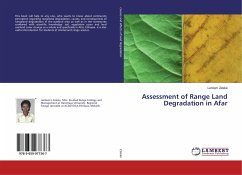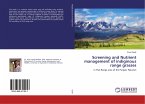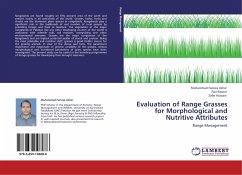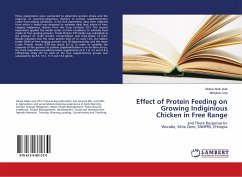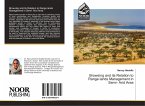Nearly every phase of range management is intimately associated with a knowledge of the range plants, their requirements, life history, and forage value. Proper grazing capacity of range lands, periods and degrees of use, and class of livestock to which a particular range is best suited are determined largely by the character and composition of the range vegetation and the life habits and values of the plants themselves. Indications of overgrazing cannot be properly interpreted by and frequently are not discernible to persons unfamiliar with the plant cover. Recognition of the important forage plants, combined with knowledge of the extent to which each can be properly grazed, are essential to proper range use. Range fencing and salting are undertaken chiefly because of local forage conditions. Poisonous plants, unless recognized and guarded against, menace the welfare of herds and flocks. Soil protection, soil erosion, and supply of water for domestic use, as well as for irrigation and hydroelectric power, are all intimately correlated with mountain range vegetative cover. Timber values are involved in numerous ways, as the composition, quantity, and quality of range vegetation frequently are closely associated with injuries to timber reproduction by domestic livestock, rodents, and other agencies, as well as with the harboring of insect pests and pathogenic organisms. Furthermore, the recreational importance of many localities is intimately interwoven with the beauty of the local flora or with its food value for local wildlife. For his convenience the range plant handbook employs a novel method whereby the technical, diagnostic parts of a plant are portrayed in a manner readily comprehensible by a person untrained in botany. To the right of each illustration are the key diagnostic characters. This arrangement enables the reader to grasp clearly the essential morphological characters of species. This handbook presents 339 generic and specific write-ups incorporated with which, however, are notes on over 500 additional species. The main treatments include 98 grasses, 8 grasslike plants (chiefly sedges and rushes), 137 range weeds (non-grasslike herbs), and 96 browse plants. This book was originally published in 1937.
Hinweis: Dieser Artikel kann nur an eine deutsche Lieferadresse ausgeliefert werden.
Hinweis: Dieser Artikel kann nur an eine deutsche Lieferadresse ausgeliefert werden.

